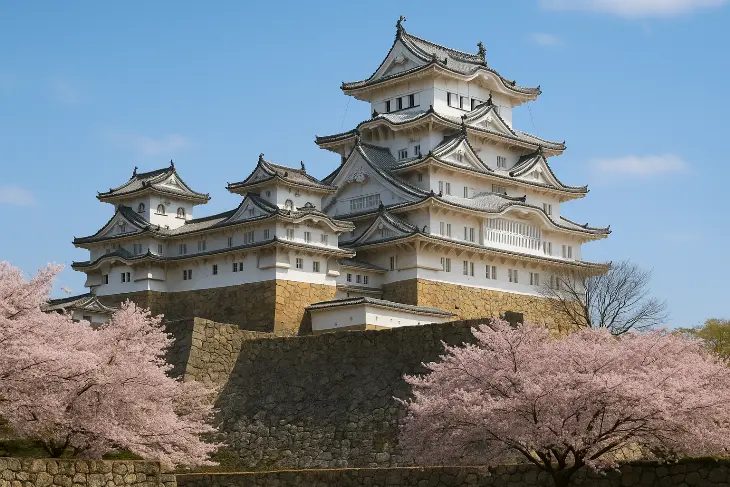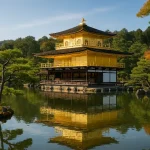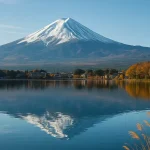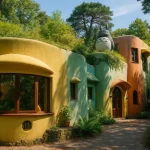A Castle That Soared Through the Ages
With its white plastered walls and elegant, bird-like design, Himeji Castle has long been admired as Japan’s most beautiful and best-preserved feudal fortress.
Nicknamed “The White Heron Castle” (Shirasagi-jō) for its resemblance to a heron taking flight, this iconic site in Hyogo Prefecture has survived wars, earthquakes, and modernization – standing tall for over 400 years.
Also Read
Whether you’re a history buff, an architecture geek, or just love a good cherry blossom photo, Himeji Castle is an absolute must-see on any Japan itinerary.
A Brief History: From Fort to Fortress
Himeji Castle’s story dates back to 1333, when a small fort was first built on Himeyama Hill.
Over the centuries, it was expanded by powerful warlords, most notably Toyotomi Hideyoshi and Ikeda Terumasa, into the magnificent castle we see today.
Key Historical Moments:
- 1609: Current structure completed with 83 buildings.
- 1868: Escaped demolition during the Meiji Restoration.
- World War II: Survived bombing raids – miraculously, an incendiary bomb failed to detonate.
- 1993: Designated a UNESCO World Heritage Site for its outstanding universal value.
The Architecture: Form Meets Function
While Himeji Castle is undeniably beautiful, its design is rooted in samurai-era military strategy.
Notable Defensive Features:
- Labyrinthine Paths: Winding routes to the keep confuse attackers and expose them to defenders above.
- Murder Holes (ishiotoshi): Openings in walls to drop rocks or boiling water on invaders.
- Hidden Doors & Drop Ceilings: Built-in traps to catch enemies off guard.
- White Plaster Walls: Not just for looks – they’re fire-resistant, helping the castle survive fires and warfare.
The main keep rises over 150 feet (46 meters) and offers panoramic views of Himeji city, backed by Mount Shosha in the distance.
Exploring the Castle Complex
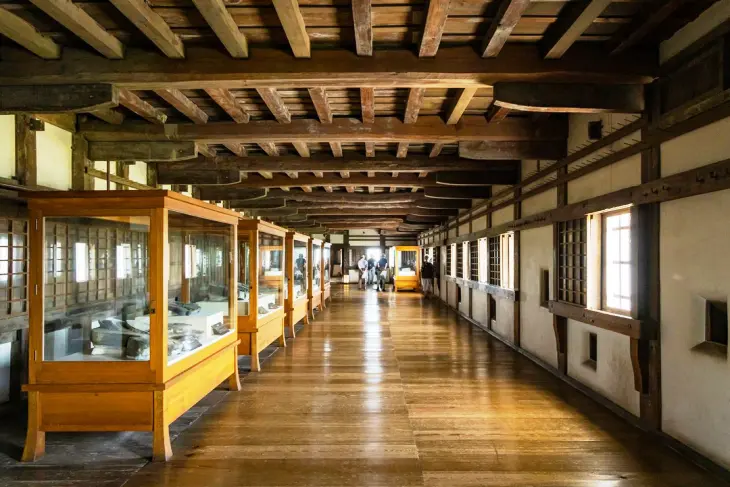
Your journey through Himeji Castle is more than just climbing a tower – it’s walking through history.
Main Keep (Tenshukaku)
- Six floors accessible via steep wooden staircases.
- Rooms once used for living, defense, and prayer.
- Don’t miss the Osakabe Shrine on the top floor for a spiritual moment with a view.
Nishinomaru Garden
- Former residence of Princess Sen, known for her tragic yet romantic story.
- Great spot to view the main keep from below, especially during cherry blossom season.
Himeji Castle Park
- Open green spaces, moats, bridges, and outer defensive walls.
- Take a slow stroll or have a picnic with castle views.
Cherry Blossom Season: A Springtime Dream
If you visit Himeji in late March to early April, you’re in for a breathtaking sakura experience.
Over 1,000 cherry trees bloom throughout the castle grounds, turning the fortress into a pink-and-white fairytale.
Best Spots for Hanami:
- Sannomaru Square – Large open lawn with postcard-perfect views.
- Nishinomaru Garden – More peaceful, with reflective ponds and fewer crowds.
Tip:
Arrive early in the morning or during golden hour for the best photos (and fewer selfie sticks in the frame).
Practical Info: Visiting Himeji Castle
How to Get There:
- From Osaka: JR Special Rapid Service (approx. 1 hour).
- From Kyoto: JR Shinkansen (approx. 45 minutes).
- From Tokyo: JR Shinkansen (approx. 3 hours).
The castle is a 15-minute walk from Himeji Station.
Opening Hours:
- 9:00 AM – 5:00 PM (last entry at 4:00 PM)
- Extended hours during peak seasons like spring and Golden Week
Admission:
- ¥1,000 for adults (castle only)
- ¥1,050 for a combo ticket including Koko-en Garden next door
Nearby Attractions: Make a Full Day of It
Koko-en Garden
Right next to the castle, this beautiful Japanese garden is made up of 9 different styles, complete with waterfalls, koi ponds, and tea houses.
Mount Shosha & Engyo-ji Temple
A short ropeway ride away, this serene temple complex was a filming location for The Last Samurai.
Himeji Shopping Arcade
Pick up local snacks, souvenirs, or just enjoy some people-watching in this charming area near the station.
Photography Tips: Capturing the White Heron
- Golden Hour: The white walls glow beautifully during sunrise and sunset.
- Long Shot: Head to the Otemae-dori Street or the rooftop of Himeji Station for wide-angle shots.
- Reflection Shots: After rain, try capturing the castle reflected in the outer moat.
Don’t Forget:
- No photography inside some rooms – watch for signs.
- Drones are not allowed without permission.
While many castles in Japan are reconstructions, Himeji Castle stands as an original, untouched by war, fire, or modernization.
It’s a perfect example of how strength and elegance can coexist, a symbol of resilience that has captured hearts for centuries.
So whether you’re chasing cherry blossoms, soaking in feudal history, or simply staring in awe at its towering beauty – Himeji Castle deserves a spot on your Japan bucket list.


